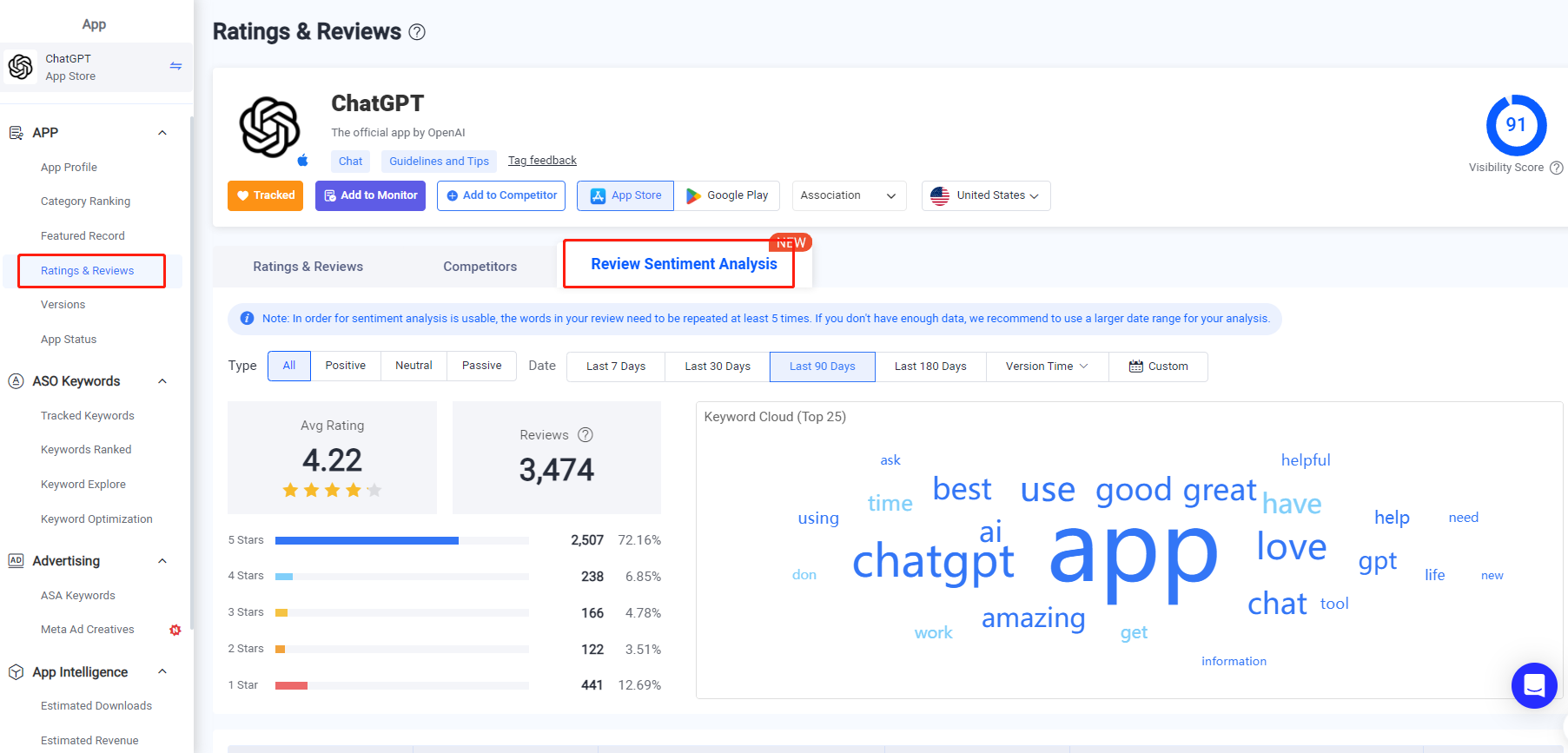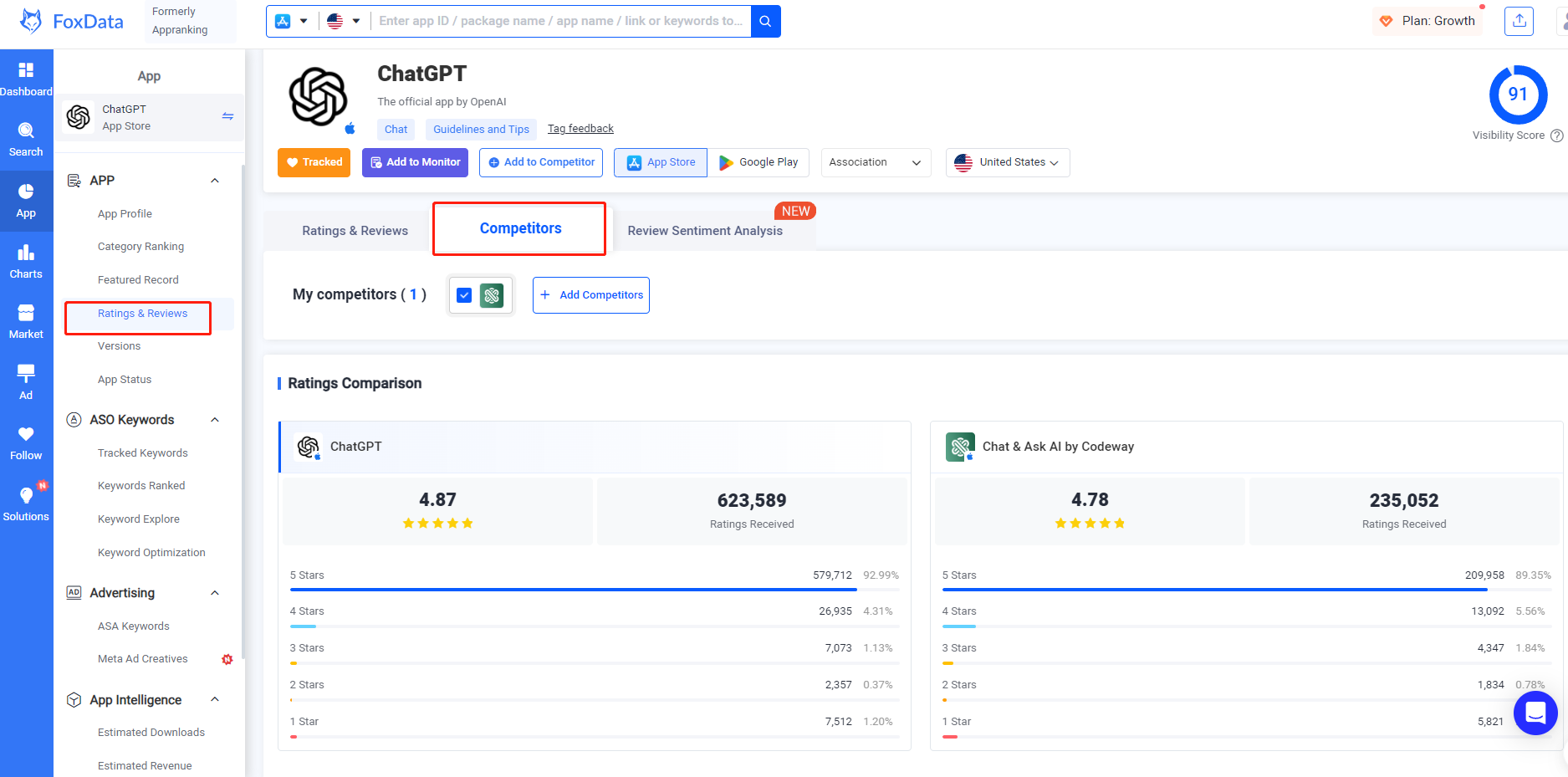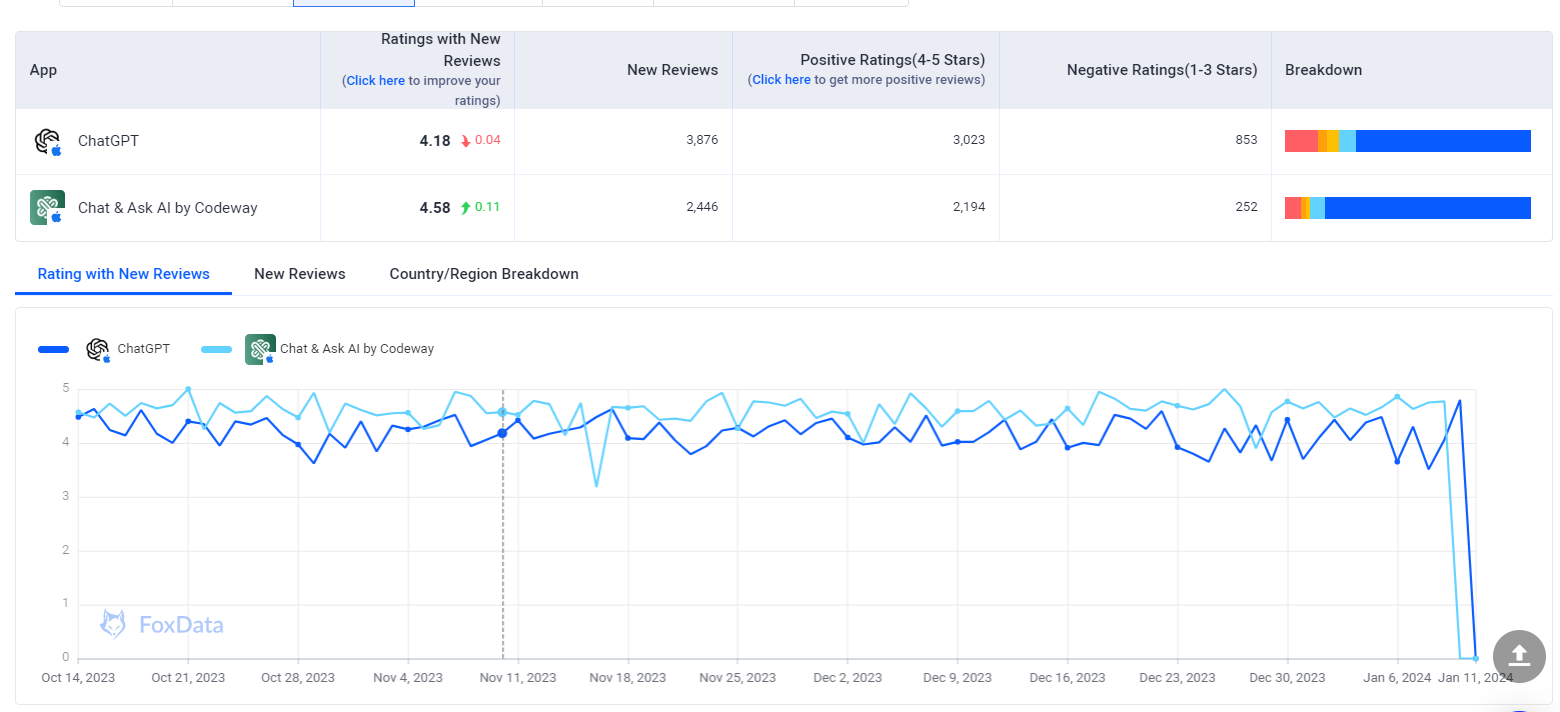What's Going on Inside Your Users' Minds? Review Sentiment Analysis Helps You Find Out.

Analyzing feedback manually can be a grueling and inefficient task that takes a toll on your workforce. However, the application of Natural Language Processing (NLP) can streamline the analysis of feedback, relieving the strain on employees and enhancing the precision with which customer feedback data is quantified for subsequent analysis and strategic application.
NLP is indispensable in the realm of sentiment analysis. It employs computational techniques to parse and make sense of the nuances in human language. This technology encompasses a variety of processes like sentiment analysis, recognizing named entities, tagging parts of speech, and breaking down text into tokens.
Take, for instance, a user review that states, "This is the best dating app I’ve ever used!" Sentiment analysis algorithms can detect key phrases such as “best” and “ever used,” as well as the overall positive tone conveyed, thereby quantifying the sentiment behind the feedback.
FoxData, in our latest version, has added the feature of Review Sentiment Analysis!
Do you want to gain a deeper understanding of your customers' sentiments? Come and find out what this feature can bring to you now!
What is Review Sentiment Analysis?
Comment sentiment analysis is a method for determining the sentiment tendencies expressed in comments by analyzing and evaluating their content. It uses natural language processing techniques and algorithms to perform text processing and sentiment recognition on comments to determine whether they are positive, negative, or neutral. It can understand the user's emotional attitude towards an app or game and then help developers better understand user needs, improve products or services, and respond accordingly.

Why is Review Sentiment Analysis important?
Have you ever imagined how much of a leap your business would take if you could gain insight into the emotions behind your customers' every word?So why is sentiment analysis so important? We'll give you the answer below.
Leveraging AI for Unbiased Insights
Companies can mitigate the inherent biases of human analysis by employing AI-driven sentiment analysis tools. This approach enables the extraction of consistent and objective insights from customer feedback.Take, for instance, this comment:
"The diversity of the app's community was pleasantly surprising, yet the pace at which the community engaged with the web was underwhelming."
Marketing teams might overlook the negative aspect of this feedback, focusing solely on the positive mention of the app's community diversity. In contrast, sophisticated sentiment analysis tools can impartially evaluate the entire text, capturing the full spectrum of emotions conveyed.
Enhancing Products and Services with Sentiment Analysis
Sentiment analysis technology plays a crucial role in refining products and services by harnessing precise customer feedback. AI systems detect specific elements or scenarios—referred to as entities—that are linked to negative sentiments. Drawing from the previous example, product developers could prioritize enhancements to the community network's performance, as the sentiment analysis app associates the expressed disappointment with the network's stability and responsiveness.
Harnessing Real-Time Insights for Agile Responses
In the dynamic landscape of modern business, organizations must swiftly address emerging crises or shifts in market dynamics. Marketers utilize sentiment analysis tools to gauge customer sentiment towards a brand, its offerings, and services instantaneously. This real-time understanding empowers businesses to act promptly and decisively based on the insights gained.
How can you utilize it to assist you in your work?
You are definitely curious about exactly how you should utilize this feature to assist you in your work. Don't worry we will answer your queries right away.User feedback analysis
For app developers, analyzing the sentiment of users' reviews on the app store allows them to understand how satisfied and dissatisfied they are with their apps and the problems they encounter. This helps developers to quickly identify users' needs and pain points and take timely steps to improve and fix them.App developers can use the Review Sentiment Analysis feature in conjunction with Ratings & Reviews. Utilize Review Sentiment Analysis filters to filter positive and negative types separately.
Blue word clouds represent positivity, while red ones represent negativity and orange ones represent neutrality. The font size represents how often the hot word appears, the larger the font, the more often it appears. Top 25 most frequent hot words are displayed.


App developers can focus on negative words, i.e. Top25 red word clouds. Hover over to see how often the hot word appears and its average rating
After this app developers can try to view specific reviews of Top negative terms to quickly implement subsequent app upgrades that target user pain points.
You must be wondering if you need to go to the comments section and sift through them one by one? It doesn't need to be so tedious! Our feature helps you jump directly to a user's specific review through negative words!
All you need to do is click on the number of Reviews corresponding to the specific word in the table below the word cloud to see the details of the review.
By filtering the negative star ratings, you will be able to discover the user's needs directly!
👏Expert Tips: App developers can fix a period of review patrol once, such as once a month, which will help you respond to the user's problems in a timely manner, in order to solve the problem in time. FoxData's Ratings & Reviews and Review Sentiment Analysis support filtering the corresponding date.
Competitor Analysis
Product and marketing specialists and developers can also analyze the review sentiment of competitor apps to understand the user reviews and opinions about competitor apps. This helps developers to identify the strengths and weaknesses of their competitors and draw on user feedback on competitor apps to optimize their own apps.Competitors can be analyzed in the same way as the user feedback analysis above. However, it should be noted that the research object will be switched to the competitor's app and should not only look at the competitor's negative word clouds but also pay more attention to the positive word clouds.

👏Expert Tips: For competitor analysis, we recommend that Review Sentiment Analysis can be combined with the Competitors feature. This will provide a more intuitive view of the difference in ratings with your competitors. If a competitor's ratings are consistently way ahead of your own software, focus on the competitor's positive reviews. Conversely, focus on their negative reviews. In addition to this, you need to pay more attention to unusual increases and decreases, which means that your competitors may have made some adjustments to their products or their products are experiencing sudden malfunctions.

Market Research and Demand Analysis
For marketing specialists, review sentiment analysis can help them understand users' preference and demand for similar apps, and discover pain points and opportunities in the market. By analyzing the sentiment tendency of user comments, marketing specialists can understand users' evaluation and expectation of similar apps, which can provide reference for the app's function development and market positioning.👏Expert Tips: Marketers can focus on words with big fonts in the word cloud, because the font size represents the frequency of the hot words, and the bigger the font, the more often they appear. This can help marketers better focus on the market needs of the majority of consumers.

In addition to focusing on specific user comments like the path mentioned in the user feedback analysis, marketers can also pay attention to the trend of a term, which corresponds to the fluctuation of the term in the time dimension.
Words that have fluctuated a lot in the recent past are the ones that marketers should pay more attention to because they indirectly imply consumers' recent concerns and demands, which can provide reference for the application's function development and market positioning.
Looking for a deeper understanding of what's going on in the minds of your customers? Try FoxData's newest sentiment analysis tool now! Imagine how much faster and more precise your decisions would be if you could instantly understand the true sentiment behind every piece of customer feedback!
The feature is currently free! Sign up soon and let this feature help your business take a rocket-class leap forward!






